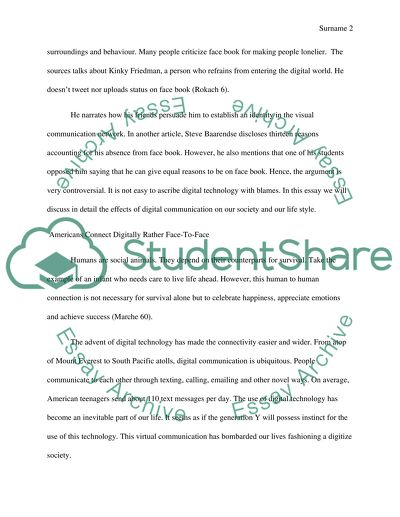Cite this document
(“The American Loneliness:All the Lonely People Essay”, n.d.)
Retrieved de https://studentshare.org/english/1635152-the-american-lonelinessall-the-lonely-people
Retrieved de https://studentshare.org/english/1635152-the-american-lonelinessall-the-lonely-people
(The American Loneliness:All the Lonely People Essay)
https://studentshare.org/english/1635152-the-american-lonelinessall-the-lonely-people.
https://studentshare.org/english/1635152-the-american-lonelinessall-the-lonely-people.
“The American Loneliness:All the Lonely People Essay”, n.d. https://studentshare.org/english/1635152-the-american-lonelinessall-the-lonely-people.


